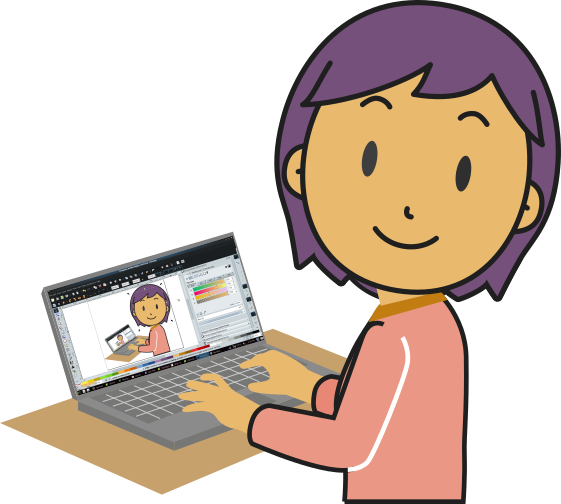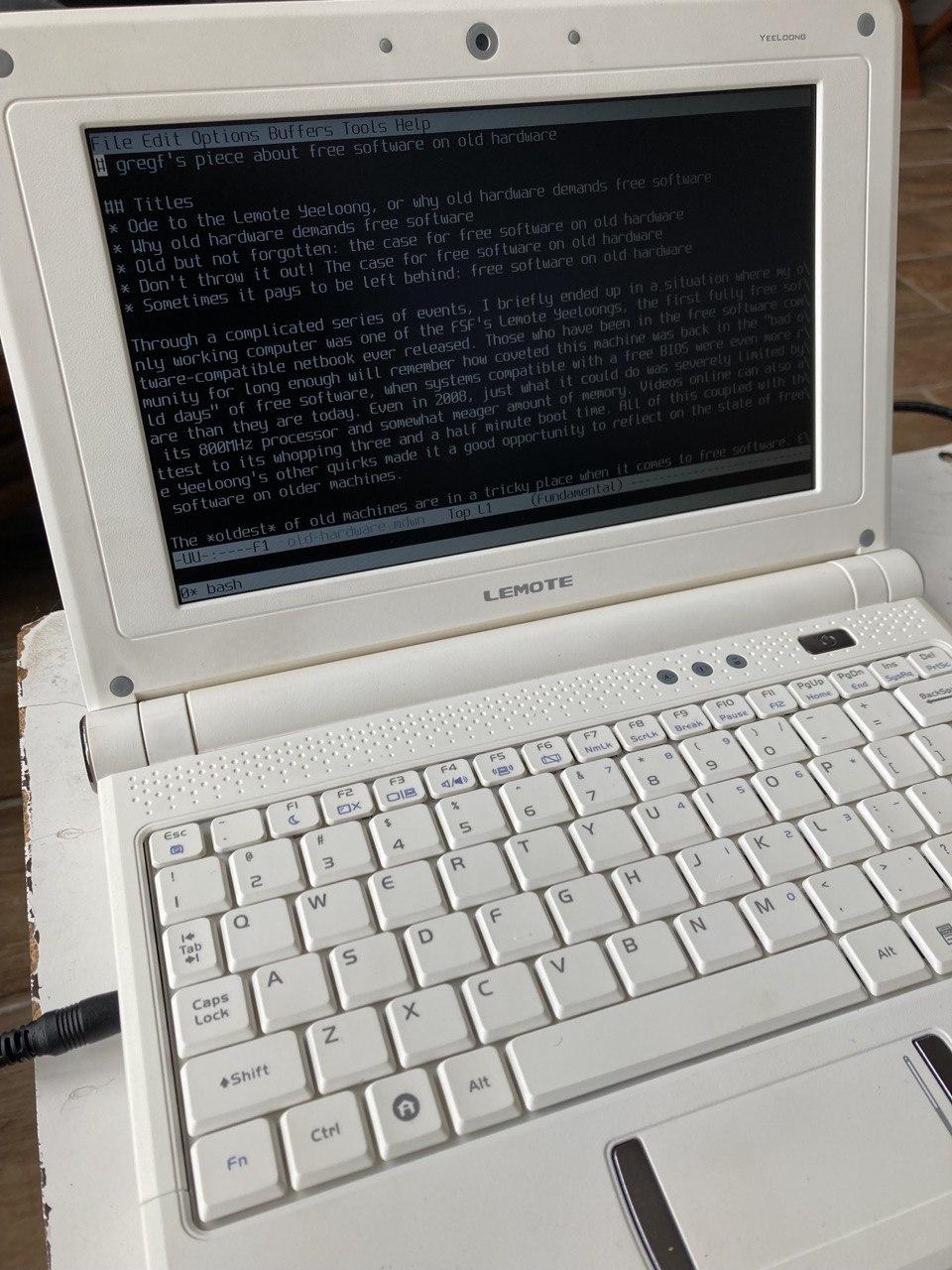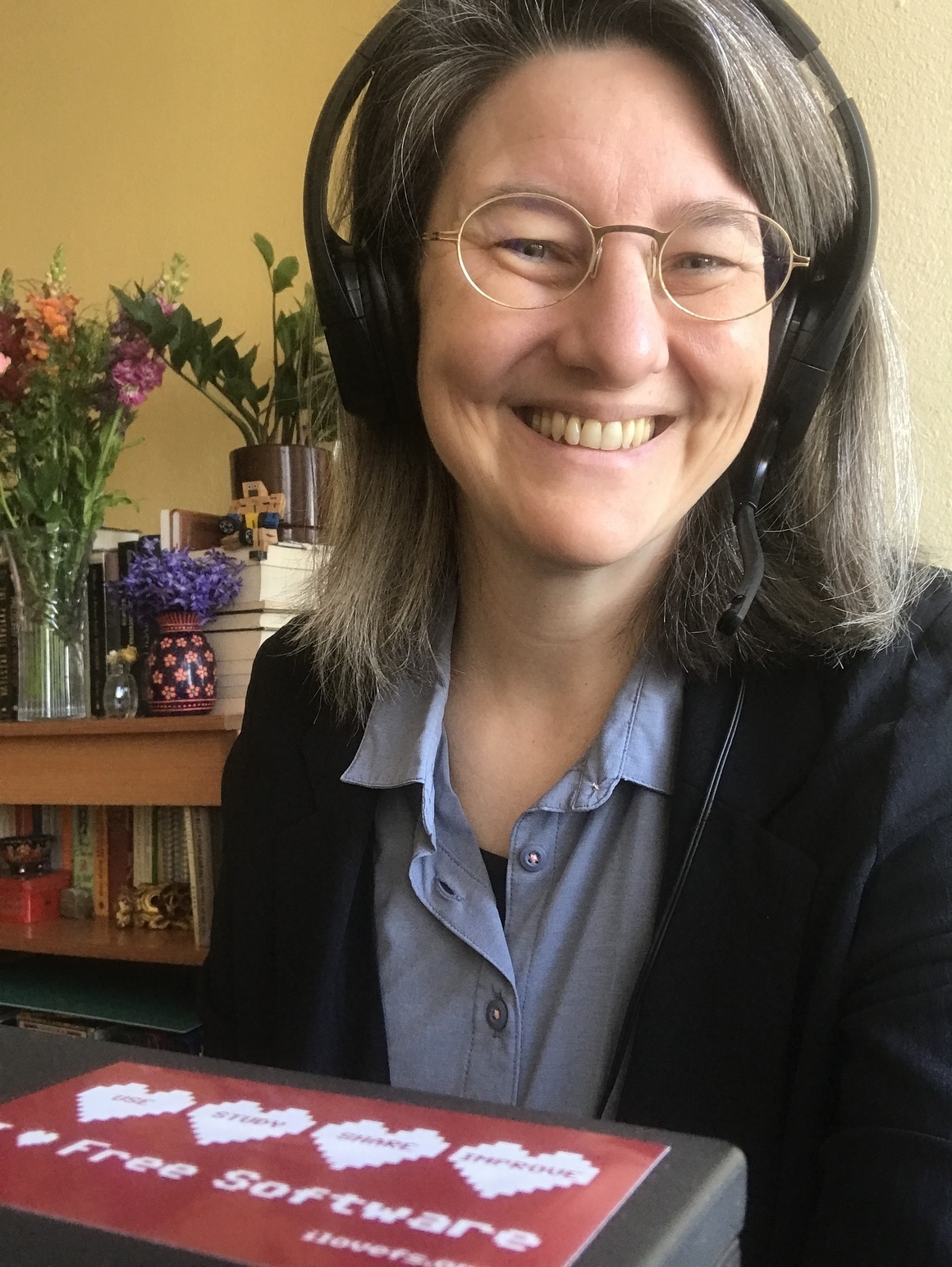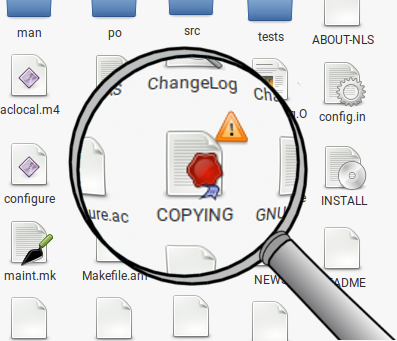
Unjust algorithms
By Zoë Kooyman, Executive Director
Developments in artificial intelligence (AI) injustices have rapidly taken a turn for the worse in recent years. Algorithmic decision-making systems are used more than ever by organizations, educational institutions, and governments looking for ways to increase understanding and make predictions. The Free Software Foundation (FSF) is working through this issue, and its many scenarios, to be able to say useful things about how this relates to software freedom. Our call for papers on Copilot was a first step in this direction.
Read More - Index
Overcoming the hurdle of “industry standard” in education technology
By Michael McMahon, Web Developer
Educators who try to teach free software in education commonly run into an artificial barrier that usually sounds something like, “We cannot use that software because it is not industry standard.” What exactly is an “industry standard” and what is meant by this phrase within the context of education? At face value, an industry standard is a generally accepted specification, tool, or method used throughout an industry to standardize how something is done across various organizations. If organization A has a project and organization B needs to finish it, an industry standard could make cross-collaboration easier. This situation is a self-fulfilling prophecy. The institution expects proprietary software to be used in the workplace; the institution teaches students proprietary software, and the students end up using proprietary software throughout their lives. The prophecy is fulfilled.
Read More - Index
Old but not forgotten
By Greg Farough, Campaigns Manager
Through a complicated series of events, I briefly ended up in a situation where my only working computer was one of the FSF's Lemote Yeeloongs, the first fully free software-compatible netbook ever released. Those who have been in the free software community for long enough will remember how coveted this machine was back in the "bad old days" of free software, when systems compatible with a free BIOS were even more rare than they are today. Even in 2008, just what it could do was severely limited by its single-core 800MHz processor and somewhat meager amount of memory. Videos online can also attest to its whopping three and a half minute boot time. All of this coupled with the Yeeloong's other quirks make it a good opportunity to reflect on the state of free software on older machines.
Read More - Index
The need for free software education now
By Greta Goetz, PhD, Assistant Professor, University of Belgrade
Making the choice to use free software in the classroom helps us create learning environments that foreground questions of value. This can be illustrated by a passage in Confucius's Analects where the skilled mechanic is illustrated as sharpening their tools before they are able to do their work well. In the 21st century and in the context of digital learning environments, to sharpen tools would mean to know not just how the tool works but what the tool means with respect to the place of the human in the world. This will be explored by considering the five Ws: what free software education is, who it is for, when and where it takes place, and why our active role as digital makers, not just passive users, is central to the meaning of free software education.
Read More - Index
Verifying free software: The basics
By Craig Topham, Copyright & Licensing Associate
So you found a program which you would like to use. Congratulations! Now what? How do you know if you can use this program in freedom? A little birdie told you it is free software, but how can you be sure your avian friend knows what they are talking about? Joking aside, if you plan to use a program in freedom with the expectation you will be able to run, copy, distribute, study, change, and improve to it as you wish, you'll want to verify it is free software first. The easiest way to tell if you have a free program is to see if it is in the Free Software Directory. The Directory is a collection of over 16,000 free software programs which have been verified for freedom. If it is not in the Directory and you are new to the subject, this article will provide some basic tips in determining a program's license.
Read More - Index
 GNU Social
GNU Social Mastodon
Mastodon PeerTube
PeerTube Twitter
Twitter